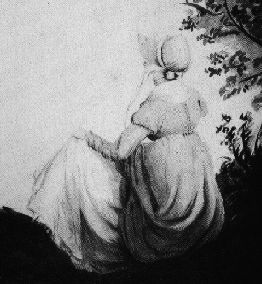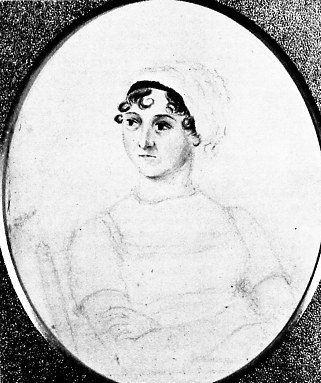|
The visitor to my site is invited to look at
each of the calendars in order to discover
the ways in which each novel is put together.
When you discover this, you can see the different goals
Austen had for each novel, and geologize
into the early history of the revisions, and
the ways in which she uses time (see "Austen's unpublished
writings: the manuscripts").
Or the reader can use these calendars to
understand the novel that is in front of
them more clearly, to see what is literally
there. The calendars are also intended to help people
writing about and teaching Austen who want to reach
her text in the most fundamental way.
In each of the sections I have included a
bibliography for further research for each
novel. For general information on
almanacs in the period, the reader is referred to Bernard
Capp's English Almanacs, 1500-1800:
Astrology and the Popular Press
(Ithaca: Cornell University Press, 1979). For persuasive arguments that Austen was more or less continually at work on her novels
from the initial writing of the first drafts beginning
in 1793-94 of Susan (later Northanger
Abbey); Elinor and Marianne
(later Sense and Sensibility); to the
first three full length manuscripts (which include
First Impressions, later revised into
Pride and Prejudice); to her mid-career
books (The Watsons perhaps called by her The Younger
Sister and Lady Susan)
to that last still rough draft which she broke off from
in March 1817 (titled by Chapman Sanditon,
though perhaps its working title was The Brothers): see Q. D. Leavis, "A Critical Theory of Jane
Austen's Writings", Scrutiny, 10
(1941-42), pp. 114-142, 272-294; 12
(1944-45), pp. 104-119, Brian Southam's
Jane Austen's Literary Manuscripts: A
Study of the Novelist's development
through the surviving papers (Oxford:
Clarendon Press, 1964); Yasmine
Gooneratne's Jane Austen
(Cambridge: At the University Press, 1970); and Kathryn Sutherland,
Jane Austen's Textual Lives: from Aeschylus to Bollywood
(Oxford: Clarendon Press, 2005).
My work on Anne Finch came into this
project too: in Heneage Finch's later years (after Anne
died), he kept his diary on the back pages
of an almanac; he also recorded one of her poems
which does not appear in any edition
printed yet on the back page of one of
these sheets. Having studied his almanac
very thoroughly, I had grasp of what such books looked
like and were most often used for. They include such things as
interest in astrology which makes the
place of the moon, planets and stars
significant. Austen will use the position of
the sun in the sky at a given time, on a
given day in a specific year as part of her
setting.
I present the calendars in the order the novels were published (see (Handy Dates). I have not yet drawn the calendar from the very early epistolary fragment "Lesley Castle" (from Volume
the second) but list the fragment and hope to include an abstract of the calendar eventually.
Using these calendars and my study of all
the primary documents and much
secondary literature on Austen of all kinds,
I have written a chronology of Austen's writing
life.
These calendars also reveal a startling pattern built
into the novels by Austen . Excepting only
Northanger Abbey, Austen makes sure
a certain kind of pivotal event in her
longer finished novels occurs on a
Tuesday. This pivotal event is a snubbing
or humiliation of the heroine or hero (or
anti-hero or co-heroine), some sort of
mortification or unpleasant awakening
which climaxes, or provides important
turning points in Austen's narrative. This
"bad Tuesday" occurs as early as the
Juvenilia (in "A Collection of
Letters" in the fourth letter the unhappy
Miss Grenville arrived in Essex on
Tuesday).
|

